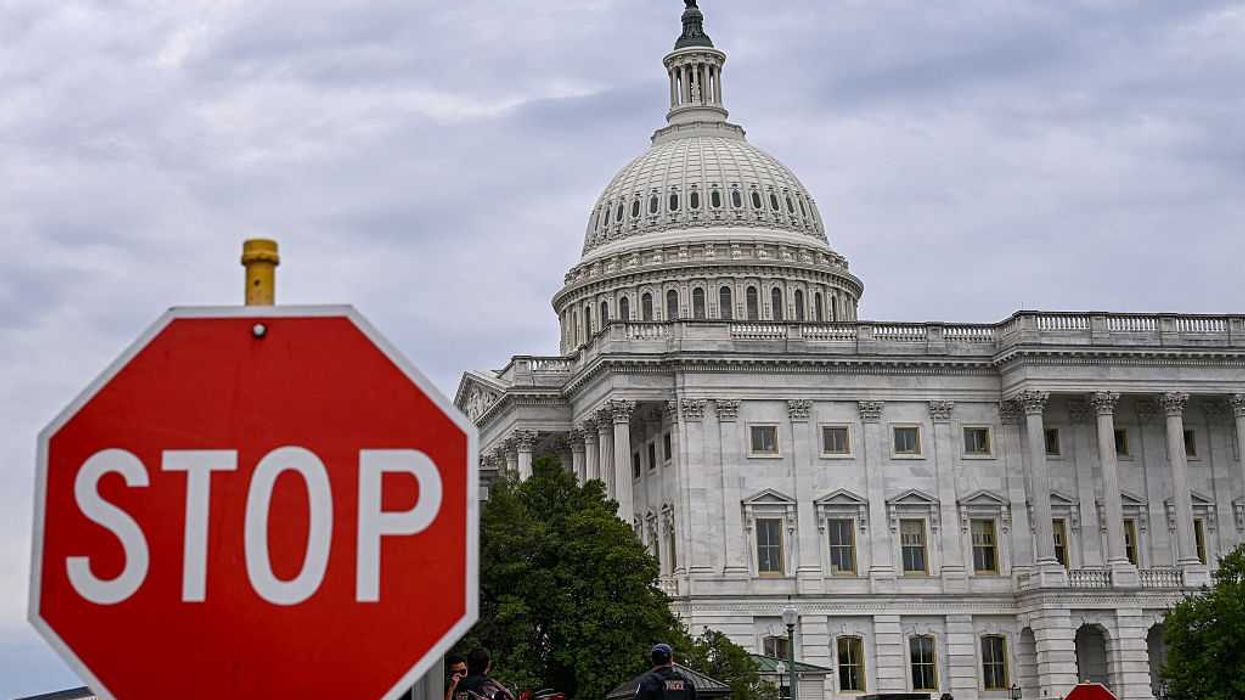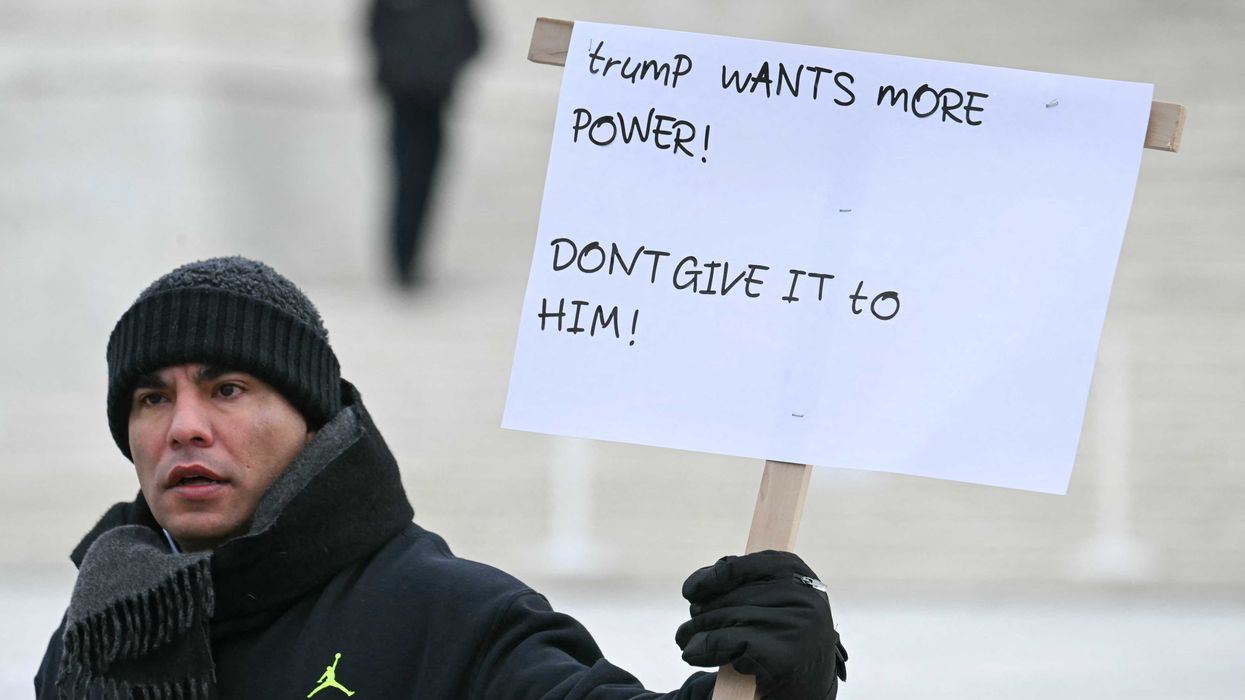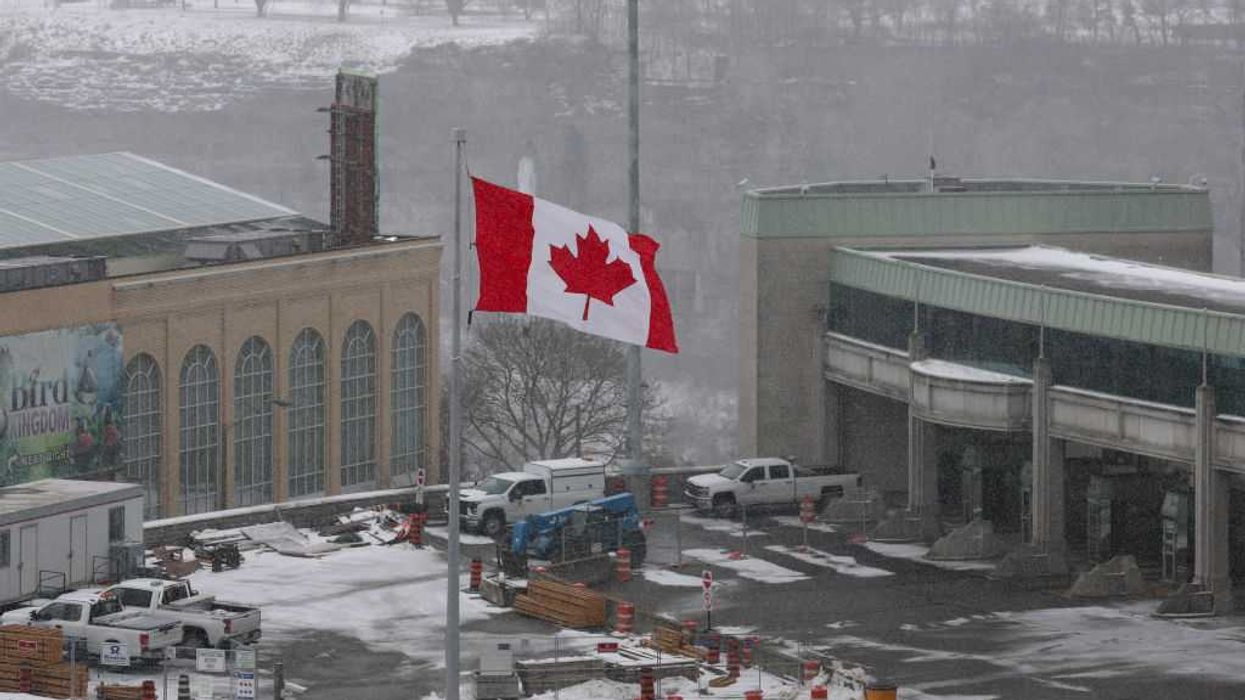Here comes another round of predictions for 2018.
When he introduced the topic on his radio program Wednesday, Glenn made it clear these predictions are not like others he's made in the past.
"When I say something it's usually because I just feel it in my bones," Glenn said. "'The caliphate is coming.' I just knew that it was coming. I've never sat down during the holiday and said, 'okay, what do I [predict]?' This is not a prediction. It's more of a forecast."
While his "forecast" this time may have been based more on world trends than inspiration, Glenn added an important disclaimer.
"It's not me saying, 'you know what? Put your money here.' This is me saying, 'I could see this happening in the next 12 months,'" he said.
What's your reaction to these predictions on "technology and AI"? Upvote the ones you think will actually happen.
VOTE BELOW:
An AI-generated image and/or audio file will be used to hoax the public.
This may not be revealed or understood until after the midterms or election of 2020.
Stock art sites will begin allowing you to alter pictures using AI to custom-tailor photos to your needs.
For example, you could create a picture of a city at night from a photograph taken in broad daylight, or a road through the forest in the fall from a summer photo.
New evidence will be introduced that will take us one step closer to verifying intelligent alien life.
I have my doubts, but this may be connected to the China rover mission on the far side of the moon (see other prediction), as it offers the capability to listen for the first time to low frequency radio sky. This could be instrumental in understanding the early history of the universe (we currently cannot observe this due to the radio noise of earth, which will be blocked by the moon).
Quantum computers will for the first time compute something that could not be done by traditional computers.
The software development kit is already released, so it's possible now, implemented this year.
The first large-budget AI movie will begin production using Magic Leap.
This will likely be a Star Wars movie, but I doubt it will be out by the end of 2018.
Consumer AI that attempts to gauge our emotions will be introduced.
The software development kit is already released, so it's possible now, implemented this year.
Two major illnesses (hemophilia and sickle cell anemia) will be cured by new advances in medicine.
Deep-learning robots will begin become more important in medicine.
Deep Learning has already found a home on the Board of Medicine in New York to help diagnosis cancer. This will begin to broaden in 2018 at high levels to make diagnoses more accurate. Within 10 years, it will be the preferred way to diagnosis per the consumer.
Due to the shortage of nurses and the nursing crisis in the 2020s, medical robotics will continue to make progress.
The first computers or robots to successfully mimic or "fake" human emotion will be seen. This will be used effectively in the future for home care bots, but will also create future issues as we will have taught very narrow AI how to lie or merely mimic.
The world will still not engage in vital ethical conversations regarding AI and new medical technologies.
What scientific lines should be drawn around the creation of AI (life)? How should we value those predisposed or born with disabilities? What are the ethics of elective "bionic" limb replacement, neural enhancement, gene splicing and new "Franken-monsters"?
It is the most important discussion humans must have perhaps in the history of mankind and we may have less than 10 years to decide who we are and where we are headed.
New foods and flavors of common food items through genetics or natural manipulation will be introduced to the public broadly.
Bubblegum grapes are already on the market in limited supply. I for one will eat apples when they taste like donuts. Don't laugh, it is coming.
Personal assistants such as Alexa, Siri and Google Home will begin to penetrate the market.
Cost and general creepiness will give way to service/benefit and better prices.
The general population will begin to realize they can no longer trust what they hear, see, taste or touch as a test of something's authenticity.
As realtime digital manipulation of video and audio become more and more real, "non-sense" will be relied on by many. This will divide the country even more as we will not know how to judge the truth, even in video or audio recordings.
Cord-cutting will continue to pick up pace as Amazon and others begin to serve linear needs.
Skinny bundles will begin to play a role in OTT options.
Lithium-ion battery performance will show significant advancement next year, doubling or even tripling capacities.
Led by Tesla in the US as well as companies in Japan, South Korea and China, this will be most significant for the auto-industry, where electric cars will start to demonstrate true mainstream penetration in established markets like the US.
Countries where lithium is concentrated, such as Argentina, will experience localized economic booms as international investment from the US, China and Japan flow into these countries to expand mining and refinement operations.
There may not be major consumer benefit in 2018, but the promise of the technology breakthrough will be in the news next year, as companies begin to plan for the transition toward lithium-based energy storage technologies.
Stay tuned for more predictions this week.

 ALEX WROBLEWSKI / Contributor | Getty Images
ALEX WROBLEWSKI / Contributor | Getty Images
 JIM WATSON / Contributor | Getty Images
JIM WATSON / Contributor | Getty Images Joe Raedle / Staff | Getty Images
Joe Raedle / Staff | Getty Images AASHISH KIPHAYET / Contributor | Getty Images
AASHISH KIPHAYET / Contributor | Getty Images